11 cool Apple gadgets that time forgot
iPad precursors, pioneering digital cameras and more
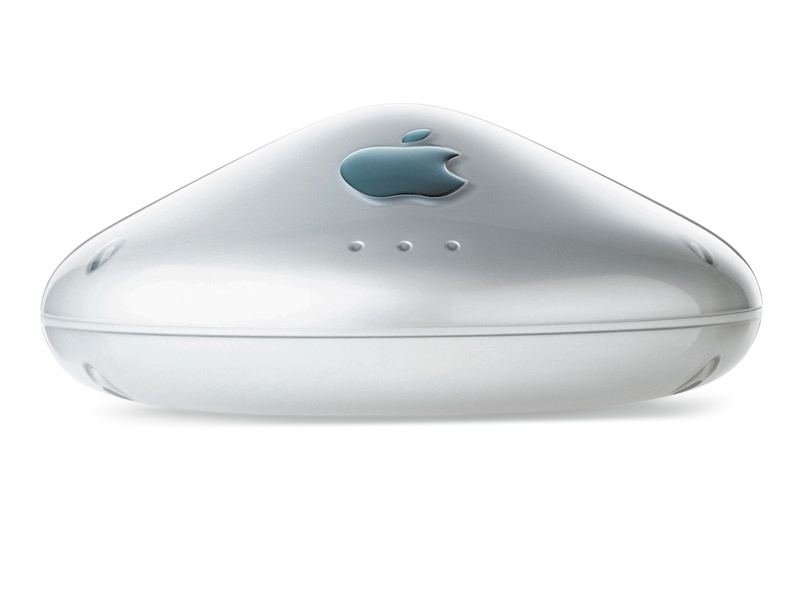
All around Apple's Cupertino campus there are people working on the Next Big Thing: it could be the iPhone 5 or an iPad 3, a proper Apple TV or a new kind of Mac.
It may even be something you could never imagine. And that happens all day, every day. And it's been going on since Apple was founded in the 1980s.
Of course, not all of the products Apple has come up with over the years have been successful. For every iPhone there's been a G4 Cube. Or even a Flower Power iMac come to that. But it's by experimenting with new ideas, coming up with different kinds of products, and learning from each failure that has made Apple the company it is today.
It's only by delving into its past that we can understand its present and future. As Apple proudly declared ahead of the iPhone's launch in 2007: the first 30 years were just the beginning.
Here is a selection of some amazing Apple gadgets that time forgot: touch-sensitive tablets that are obvious precursors to the iPad, portable, internet-connected phones and pioneering digital cameras. There's even a games console lurking in there somewhere… one thing's for sure - there are plenty of surprises in store.
1. Touch tablets
Name: Apple Newton Bic (codename), Apple Cadillac (codename)
Price: Not applicable
Description: Pen-based portable tablets
When: 1985-1997
Modern equivalent: Apple iPad
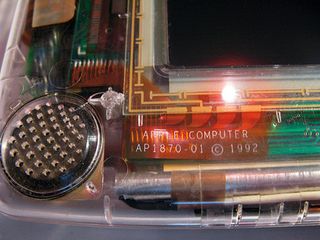
We all know that Apple was working on an iPad-style tablet long before the iPhone arrived in 2007, but as far back as 1992-93? Surely not, right? But that's exactly what Apple was thinking about when it came up with two touchsensitive tablets, codenamed 'Bic' and 'Cadillac', running the Newton OS.
Get the best Black Friday deals direct to your inbox, plus news, reviews, and more.
Sign up to be the first to know about unmissable Black Friday deals on top tech, plus get all your favorite TechRadar content.
The Bic was letter-sized and featured two PCMCIA cards, a removable battery and built-in microphone and speaker. The Cadillac (pictured) was similar, but had a smaller display.
According to Jim Abeles, who owns both Bic and Cadillac prototypes, Apple eventually dropped the tablets because it couldn't find a market for them. How times have changed.
2. Printers
Name: Apple ImageWriter, LaserWriter, StyleWriter
Price: From $675 (£428)
Description: Dot-matrix printer, laser/inkjet printer
When: 1985-1997
Modern equivalent: All-in-one colour printer/copier/scanner
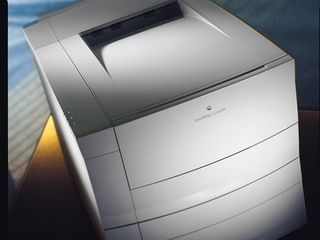
The company that kick-started the desktop publishing revolution in the 1980s also made printers. It's an idea that only seems surprising in retrospect.
At the time you could barely move for the assorted Apple ImageWriters and LaserWriters, many of which were used to churn out pages from programs like Aldus PageMaker. ImageWriters, using dot-matrix printing technology, arrived first in 1984, with LaserWriter laser printers appearing a year later.
Apple's first consumer-oriented inkjet, the StyleWriter, arrived in 1993. Like a lot of other products, Apple's entire printer range fell victim to Steve Jobs' austerity cuts on his return in 1997.
3. Scanners
Name: Apple Scanner, Apple OneScanner
Price: Unknown
Description: A4 flatbed scanner
When: 1988-1996
Modern equivalent: All-in-one colour printer/copier/scanner
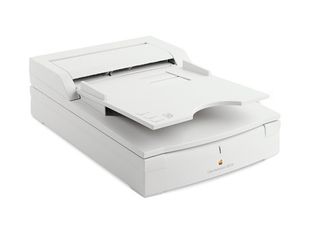
Hand in hand with the desktop publishing revolution and Apple-badged printers were these: desktop scanners that enabled designers, photographers and other creative types to capture images and text and then use them in their PageMaker pages.
The original Apple Scanner made its debut in 1988 – an A4 flatbed model that was capable of capturing 4-bit images in up to 16 shades of grey and took around 20 seconds to complete a full scan. The first colour model, the ColorOneScanner, made its debut four years later. Apple was still selling scanners when Steve Jobs arrived back in 1997, but by then its days were numbered: the last one to roll off the production line was the Color OneScanner 1200/30 in 1996.
4. Wi-Fi
Name: Apple AirPort
Price: $199 (£126)
Description: 802.11b Wi-Fi base station
When: 1999-2003
Modern equivalent: Apple AirPort Extreme/Apple Time Capsule
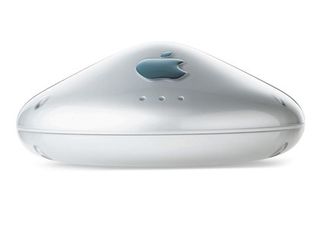
Famous for being the 'one more thing' revealed by Steve Jobs during his Macworld Expo keynote in 1999, the AirPort sparked a wireless revolution that continues to go from strength to strength to this day.
Although Wi-Fi technology already existed, it was too expensive and esoteric for most people to get their heads around. That all changed when Apple challenged Wi-Fi co-creator Lucent to come up with a sub-$100 version that could be included as an optional extra in the first-gen iBooks Apple was working on.
PC-friendly versions of the technology eventually arrived a year later, but by then history had already been made.
5. Games consoles
Name: Apple Bandai Pippin Atmark/ Katz Media Pippin
Price: $599 (£379)
Description: Games console / low-cost computer
When: 1995-1997
Modern equivalent: Sony PlayStation 3, Microsoft Xbox 360
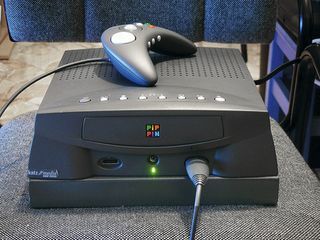
Cast your mind back to the great console wars of 1995 and what do you think of? Sony Playstation? Certainly. Nintendo 64? Definitely? Sega Saturn? Sure. The, erm, Pippin? Not really…
The charmingly named machine was a desperate attempt to cash in on the gaming boom. It was a PowerPC-based console that Apple built for Bandai in the US/Japan and Katz Media in Europe, but it was horribly hobbled from the off, being vastly underpowered, overpriced and lacking in any sort of credible software.
By the time production stopped in 1997, Bandai had managed to sell a paltry 42,000 units, while Katz had offloaded 5,000.
Most Popular

